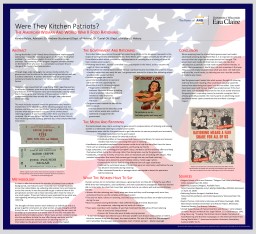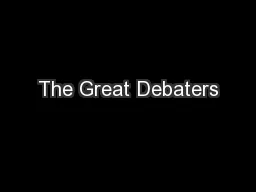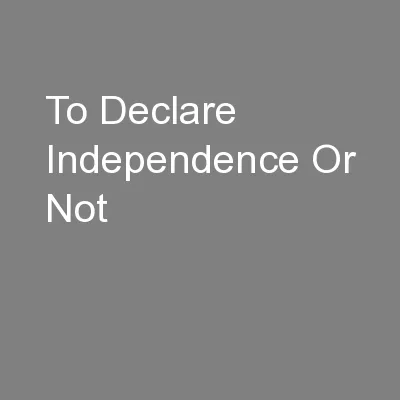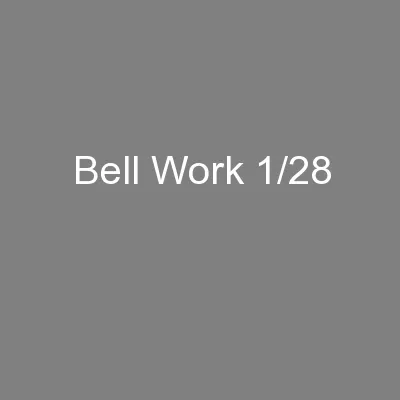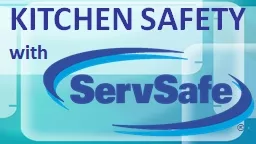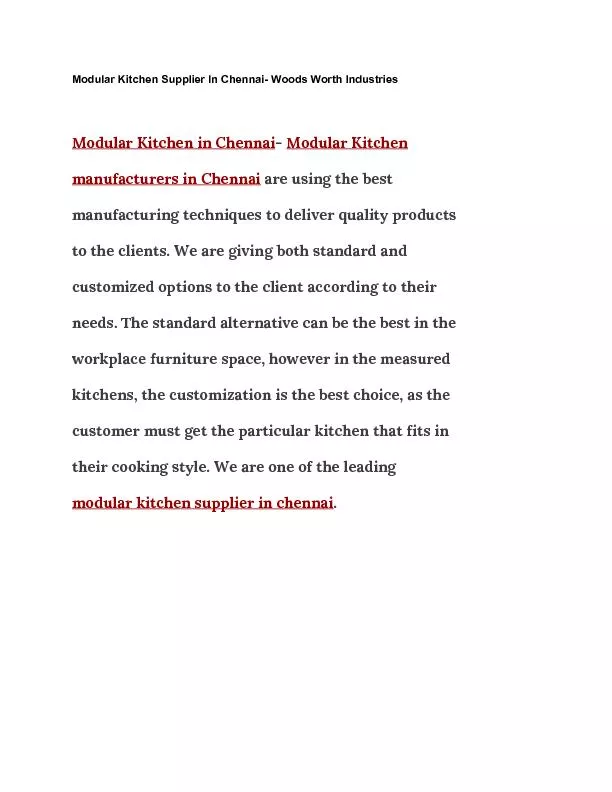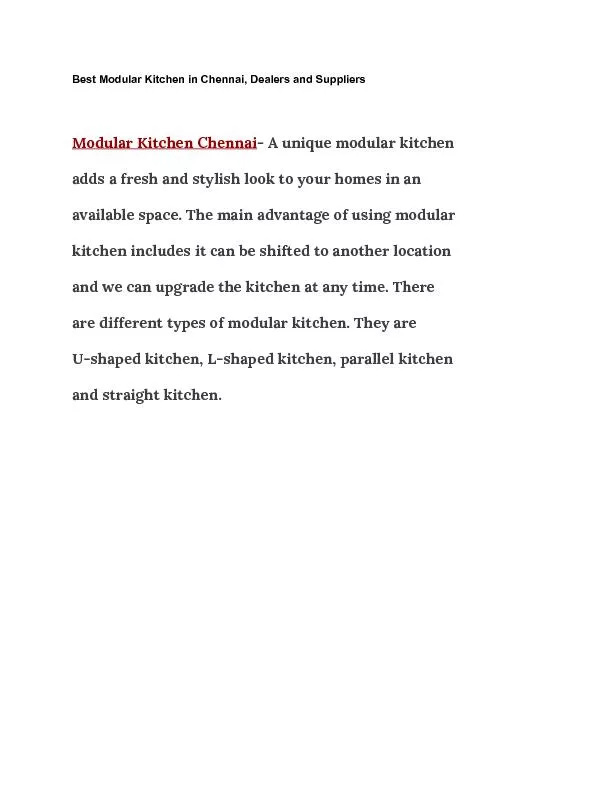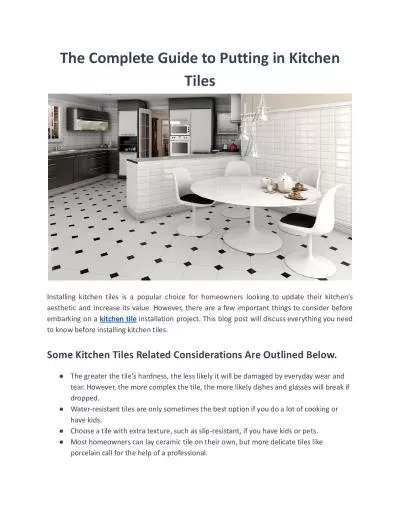PPT-Were They Kitchen Patriots?
Author : mary | Published Date : 2023-06-22
Kendra Polzin Advisors Dr Andrew Sturtevant Dept of History Dr Daniel Ott Dept of History History The American Woman And World War II Food Rationing During World
Presentation Embed Code
Download Presentation
Download Presentation The PPT/PDF document "Were They Kitchen Patriots?" is the property of its rightful owner. Permission is granted to download and print the materials on this website for personal, non-commercial use only, and to display it on your personal computer provided you do not modify the materials and that you retain all copyright notices contained in the materials. By downloading content from our website, you accept the terms of this agreement.
Were They Kitchen Patriots?: Transcript
Download Rules Of Document
"Were They Kitchen Patriots?"The content belongs to its owner. You may download and print it for personal use, without modification, and keep all copyright notices. By downloading, you agree to these terms.
Related Documents

